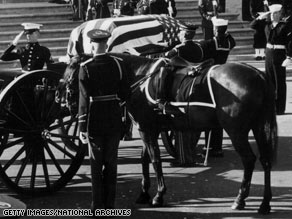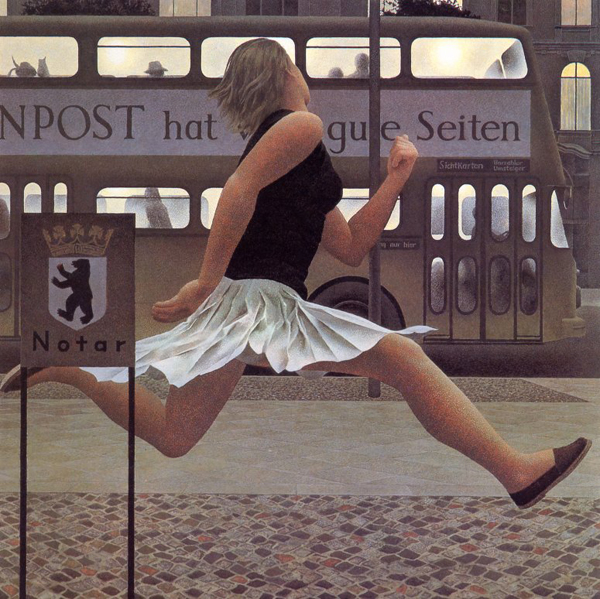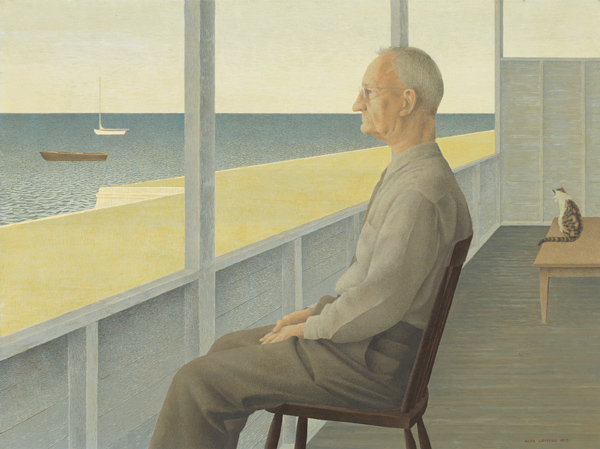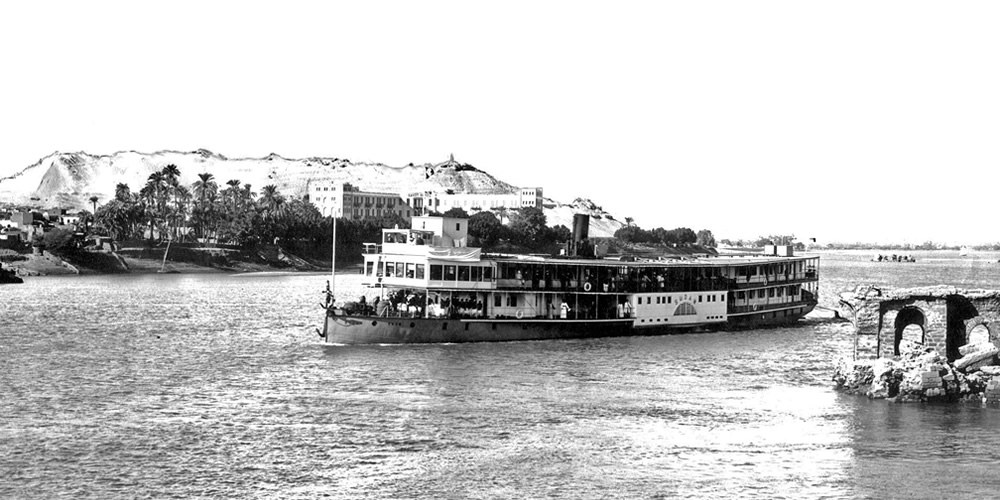- that it give me the self-discipline to write regularly
- that it serve as a forum to showcase my writing
- that it serve as a way to network with other writers
But A Line from Linda has served as so much more. It has given me a voice. It has given me the opportunity to research and write about topics that I knew nothing about like art (http://alinefromlinda.blogspot.ca/2016/10/norman-rockwell-visits-country-editor.html); topics that are near and dear to my heart like adoption (http://alinefromlinda.blogspot.ca/2012/12/it-all-started-in-restaurant-booth.html); topics that I have researched for my books like East Prussia circa WWII (http://alinefromlinda.blogspot.ca/2016/03/east-prussia-early-example-of-ethnic.html); and Victorian Britain circa 1900 (http://alinefromlinda.blogspot.ca/2016/04/what-is-true-cockney.html); trips that I have taken (http://a)linefromlinda.blogspot.ca/2014/07/a-silver-skyscraper-green-seagull-and.html); new picture books that I have discovered (http://alinefromlinda.blogspot.ca/2012/10/the-cats-in-krasinski-square.html); how old books came to be published like And to Think That I Saw it on Mulberry Street (http://alinefromlinda.blogspot.ca/2012/04/april-29.html); and people whom I love (http://alinefromlinda.blogspot.ca/2011/07/happy-anniversary-rob.html), (http://alinefromlinda.blogspot.ca/2011/10/mario-meets-luigi.html) and (http://alinefromlinda.blogspot.ca/2011/05/piano-recital.html).
I am sad to say goodbye to A Line from Linda. However, this summer I start a new chapter in my life. Because I have been accepted in the French Masters Program at McMaster University, I have to turn my attention to my thesis, "L'Exode". I will be spending the summer reading the letters written by French men and women fleeing Paris, the Nazis at their heels, in June of 1940.
To my blog followers, I say thank you. Thank you for taking the time to read my posts. Thank you for sharing a small part of my life. So long!

















































